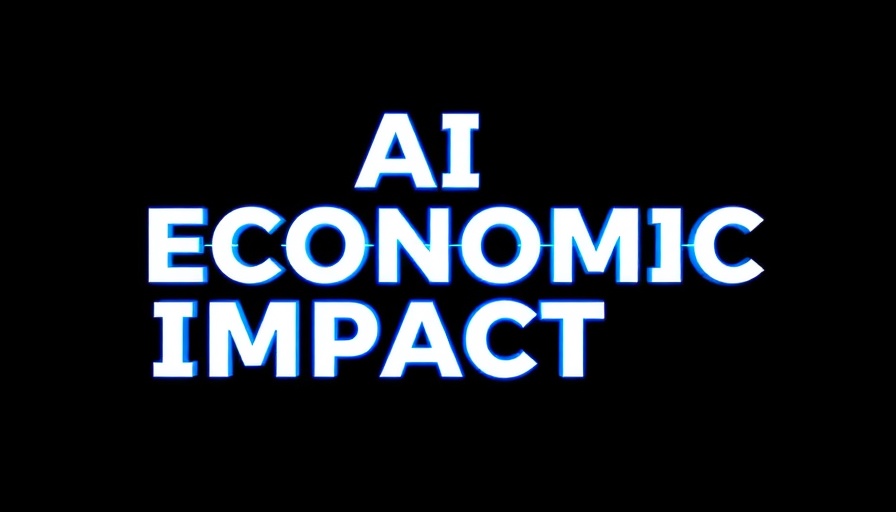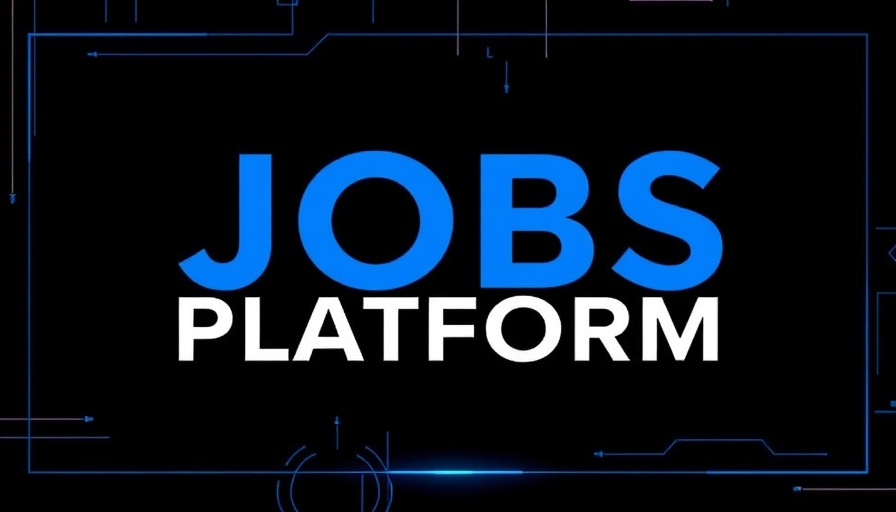
Will AI Create an Economic Supernova?
The recent question posed by The Economist has experts buzzing: What if artificial intelligence (AI) doesn’t just disrupt the economy but utterly detonates it? In a compelling discussion, AI thought leaders have suggested that we might be drastically underestimating the potential economic impact of artificial general intelligence (AGI).
The Promise of an Intelligence Explosion
Historically, economic growth has been spurred by technologies that increase productivity incrementally. However, AGI could usher in a leap in innovation, enabling systems to not only complete tasks but also discover new concepts and enhance their capabilities autonomously. This phenomenon, termed an “intelligence explosion,” could lead to GDP growth that far surpasses today’s averages, with some models predicting rates as high as 20% annually—dramatic compared to mere 2-3% growth rates we are accustomed to.
Capital Gains and Labor Losses
While explosive growth sounds promising, the distribution of wealth resulting from this increase could be concerning. Experts predict that the owners of AI technology may accumulate substantial wealth, while the labor market suffers. As AI technologies become cheaper and better, workers could find themselves unable to compete, potentially leading to wage depreciation. The race among tech giants to build AI infrastructures underscores the urgency of capitalizing on this potential. Investments are pouring in, indicative of the belief that companies who lead in AI will reap enormous rewards, even amid current skepticism from traditional economists.
Understanding the Economic Shift
It is crucial for both policymakers and workers to recognize this transformative moment. As AI continues to evolve, it will reshape economic fundamentals. The conversation is shifting from mere adaptation to proactive engagement with what's on the horizon. While the full realization of AGI's potential remains uncertain, the need for awareness and strategic planning has never been more urgent.
 Add Row
Add Row  Add Element
Add Element 



Write A Comment